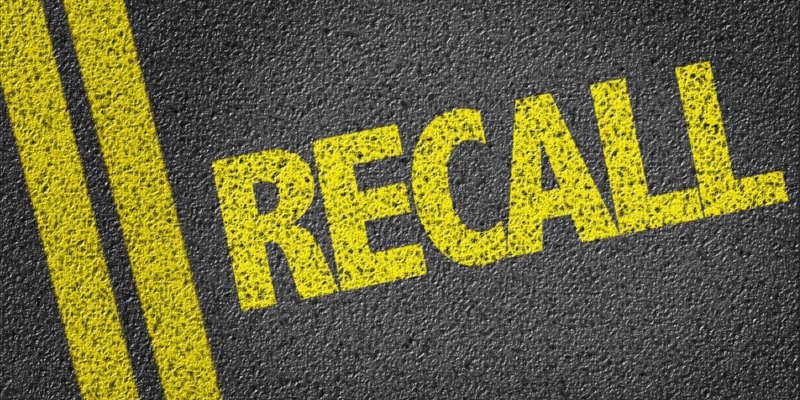There are 70 million cars on the road today have an open recall—that’s one in four vehicles.
We can all agree that, in an ideal world, recalls wouldn’t exist at all. But as cars, particularly electric vehicles (EVs), become even more complicated, we don’t see those numbers going down anytime soon.
Yes, that’s bad news. Not only are open recalls a safety risk, but managing them is often a frustrating and tedious process. If you’ve been in the industry a while, you’ve seen that handling recalls tends to include a lot of paperwork, direct mail, and cold calls. What does that translate to? Often, a waste of time and money for everyone involved.
Recall Solutions
This has been a huge pain point in the auto industry for decades, but up to this point, little has been done to mitigate the issue.
Here’s the good news: With emerging tech, there are more solutions available now to improve the recall process and, in turn, better align with customer expectations. Implementing these solutions can be a win across the board — for the customer, the dealer, and the OEMs. Let’s break it down.

Identify Open Recalls
Step one of the recall process is identifying who has an open recall to begin with. This is a hard problem. There are many ways to go about this, but it’s not as simple as reaching into a dealer’s DMS (Document Management System) and mining that info. Going after DMV records shouldn’t be the go-to solution either. These have been the two approaches in the industry for years, and they’re not efficient or comprehensive.
Fortunately, identifying open recalls can be automated. With access to a daily recall feed from some of the largest OEMs in the industry, systems can process hundreds of millions of data points each night. This ensures businesses and their customers stay updated on vehicles with open recalls in real time.
If more dealers integrated OEM data directly into their own dealership’s DMS, they’d not only get recall information more quickly but also reduce the time and effort spent searching for or sending out that data manually.
Conduct Outreach
Step two of the recall process is conducting outreach—notifying customers that there’s an open recall on their vehicle. From our estimates, OEMs waste around $200 million a year on direct mail. And how many customers even follow through when they get a letter about a recall? Realistically, very few. Who has the time? Who’s going to go through the effort?
We all want to reduce that friction, to make the process as easy for the customer as possible. That’s why, if you’re a dealer or an OEM, you may want to stop sending letters.
In my experience, the easiest and most customer-friendly approach to outreach is sending a simple text message to the customer. Artificial intelligence (AI) can also play a major role in this step. Many AI solutions are advanced enough to respond appropriately to customer texts and to set up next steps.
Scheduling An Appointment
Step three, scheduling, is an extension of outreach. If you’ve set up an AI solution that can respond to customer texts, that same solution could be integrated with a service scheduler, too. This means the customer could easily and independently schedule an appointment to fix their open recall—without the dealer needing to intervene.
To be clear, scheduling an open recall appointment isn’t just about finding a time when the customer’s available; it’s also confirming whether you’re stocked on the right parts, whether you have bay availability, etc. Normally, if you’re a dealer scheduling an appointment live with a customer, you have to take the time to review and double-check you have the right info.
But now this process can also be — you guessed it — fully automated. Everything from the parts supply chain to your scheduling system can speak to one another when integrated directly into your DMS, leaving you with one less thing to manually verify.
Provide a Solution to the Dealer
Step four of the recall process, the final step, is to provide solutions to the dealer. In other words, what tools could solve a recall more efficiently and effectively?Often, dealers lose customers because of convenience—or rather, inconvenience. But there are solutions to help with this, like offering mobile service.
Mobile service brings vehicle maintenance directly to the customer, rather than forcing them to come into the dealership. This service has already seen widespread adoption from the likes of Ford, Nissan, and GM—and now, when mobile can be offered more readily (through automated scheduling systems, for instance), it’s becoming a more viable option for customers than ever before.
At the end of the day, streamlining the recall process will lead to more safe cars on the road, more opportunities for increased revenue, and more loyal customers. And that’s all we really want, isn’t it?









